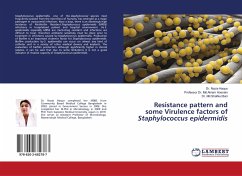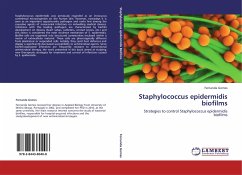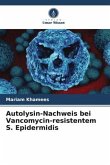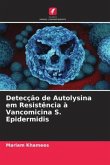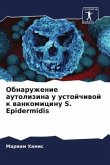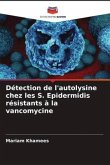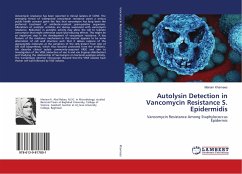Staphylococcus epidermidis often colonizes the skin and mucous membranes of the human body, as part of its normal microflora. However, when a rupture of the cutaneous surface occurs, staphylococci can enter the host and become pathogenic. Therefore, S. epidermidis has emerged in recent years as a major nosocomial pathogen associated with infections of implanted medical devices. Staphylococci adhere to such devices and have the ability to develop biofilms, which constitutes an important virulence factor and the most relevant pathogenic mechanism of staphylococcal infection. The work presented in this book aimed at evaluating the adhesion and biofilm formation capabilities of S. epidermidis clinical strains to biomaterials. This book, hence, covers important topics such as: the surface properties that affect initial bacterial adhesion as well as of ways to prevent it; the properties of mature biofilms and the phenotypic differences between sessile and planktonic cells; the assessment of cell wall and extracellular matrix proteins profiles to evaluate their importance on the process of biofilm formation, among others.
Bitte wählen Sie Ihr Anliegen aus.
Rechnungen
Retourenschein anfordern
Bestellstatus
Storno


